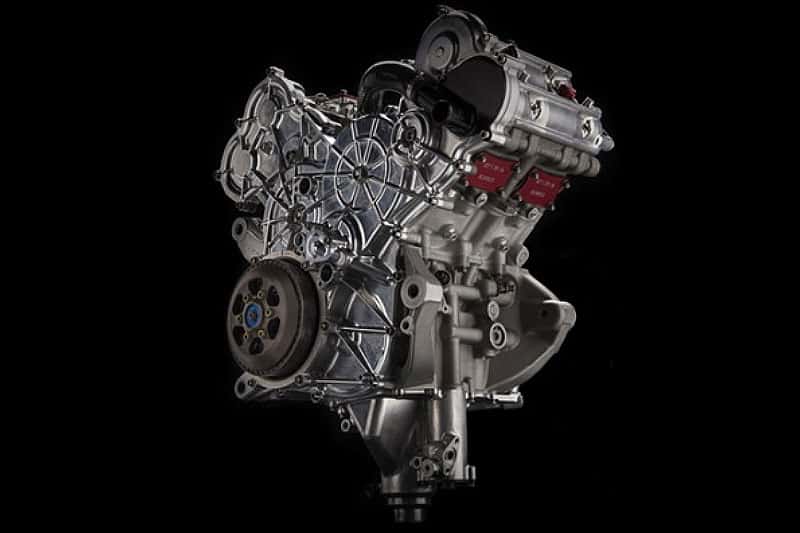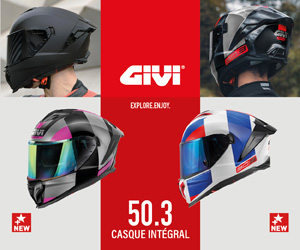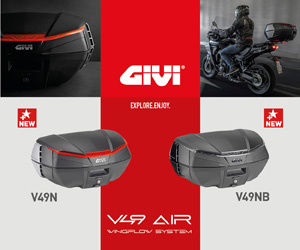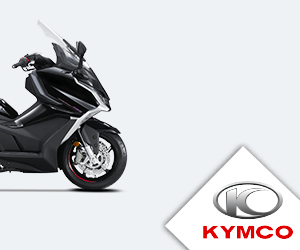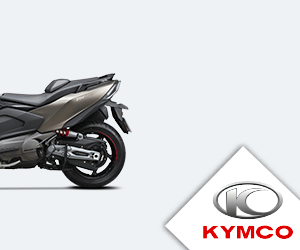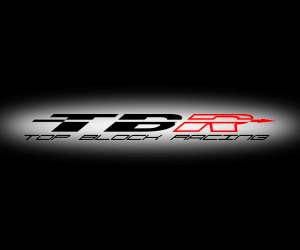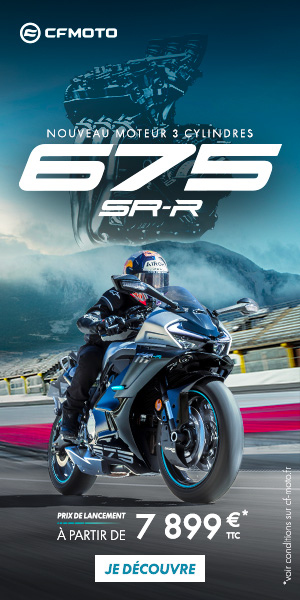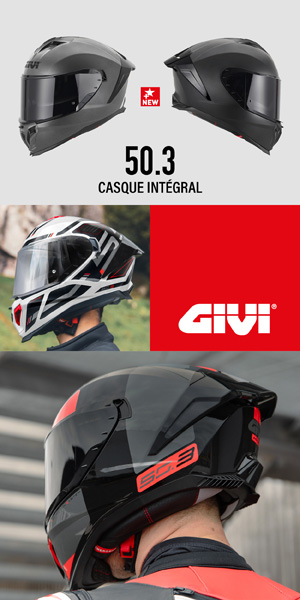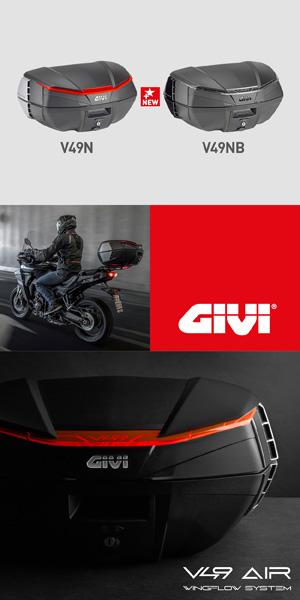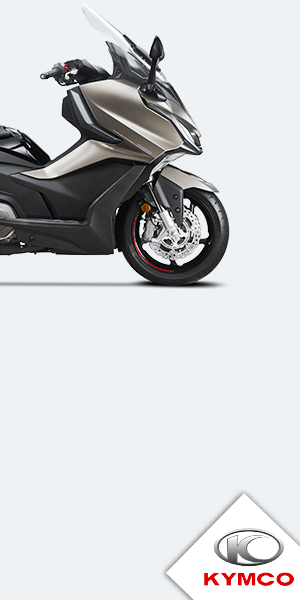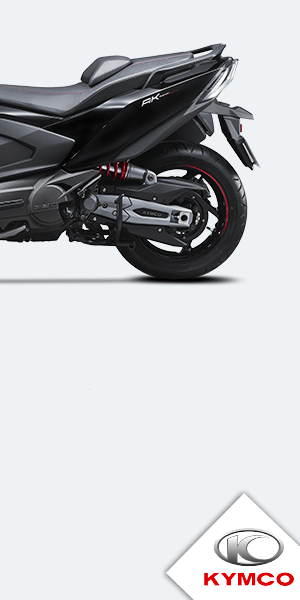There are 2 philosophies on the MotoGP grid for 6 manufacturers: Yamaha & Suzuki use in-line 4 cylinders, as for Ducati, Honda, KTM and Aprilia, they are V4s. But then what are the advantages and disadvantages of each, and what are the fundamental differences? We discussed some of them in the first part of our file, there are others, and not the least!
Integration into the chassis
Of course, in racing, everything is a question of compromise: whether it's the engine, the chassis or the electronics. A choice is made on the architecture (in-line or V-shaped engine, tubular or perimeter chassis, etc.), then we must try to maximize the advantages and minimize the disadvantages.
The difference between inline fours and V4s doesn't stop at horsepower and V4s have several disadvantages: they have more parts, the engine is therefore more bulky but narrower than the in-line four, which complicates the work of chassis designers who try to keep the wheelbase of the motorcycle short to favor the maneuverability. The position of the engine in the frame is limited by the length of the chassis and has nothing to do with the rider's legs. Compared to inline fours, the positioning of the exhaust and airbox is more complex on V4s, as its rear cylinders take up a lot of space and create a lot of heat in a crucial area of the bike, where it needs to be manage to integrate suspension and exhaust outlets.
It is also more complex than an in-line engine because each component in the upper part of the engine block has two copies. And we are obviously talking about four camshafts instead of two, and a split distribution. The same goes with the exhaust, which is divided into two parts, one below the engine itself (front cylinders) and the other at the rear (which usually ends under the saddle to optimize the exhaust gas acoustics).
Urban artist the engine must be perfectly integrated into the frame. This is achieved in MotoGP by rotating the engine rearward by lifting the front cylinder, which reduces the wheelbase by a fraction and brings the crankshaft forward to put more weight on the front tire to favor cornering maneuverability.
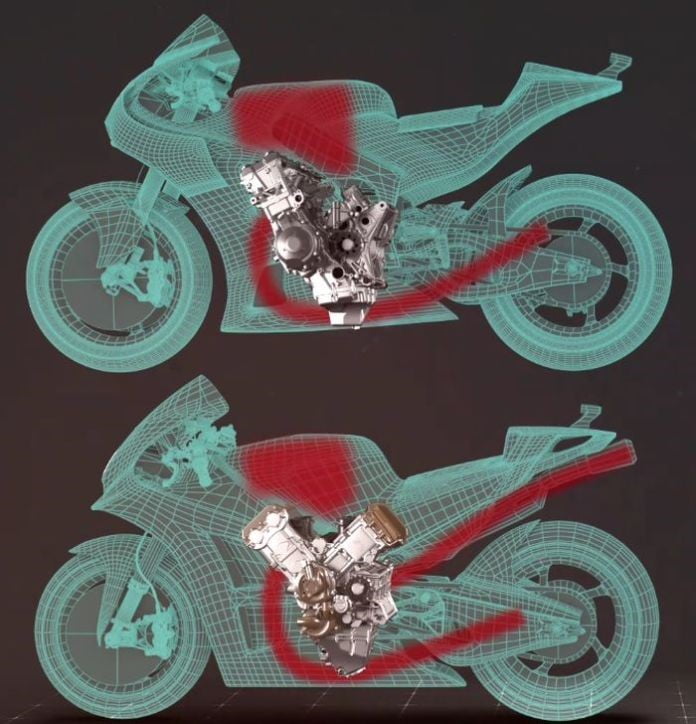
Comparison of the 2 architectures, with their intake and exhaust. ©MotoGP.com
These factors do not really concern manufacturers who choose 4-cylinder in-line engines, which are shorter and more compact, with less restrictive integration and optimization of the exhaust lines. This architecture requires fewer parts than the V4, and the engine is therefore shorter and wider. The integration of this into the chassis is limited by the position of the driver's legs. Remember thatin competition, all dimensions really matter. And on an inline four, it's possible to have all four exhaust manifolds join together into a single outlet if necessary, reducing weight and lowering the bike's center of gravity.
Driving: an important factor in victory!
Easier engine integration and mass centralization on an inline-four may favor Yamaha's YZR-M1 and Suzuki's GSX-RR when the track allows them to use their higher cornering speed, but this doesn't always help in racing situations, as it's easier to overtake in a straight line than in a corner.
The V4s don't have a huge advantage on the straights, but enough to make a crucial difference during a race. At last year's Qatar GP, the fastest V4 was the RC213V from Marc Márquez, flashed at 352 km/h, about 3,5 km/h better than the fastest inline four, the Suzuki GSX-RR of Joan mir.
At Mugello, the fastest V4 was the Desmosedici fromAndrea Dovizioso at 356,7 km/h, with about the same difference as in Qatar compared to the best inline four, again the GSX-RR of Mir.
This advantage allows the pilot to more easily take advantage of the one in front of him. This also allows it to be positioned well for braking. And finally, it simply gives pilots more options in their tactics, because they are not pushing all the time to catch up.
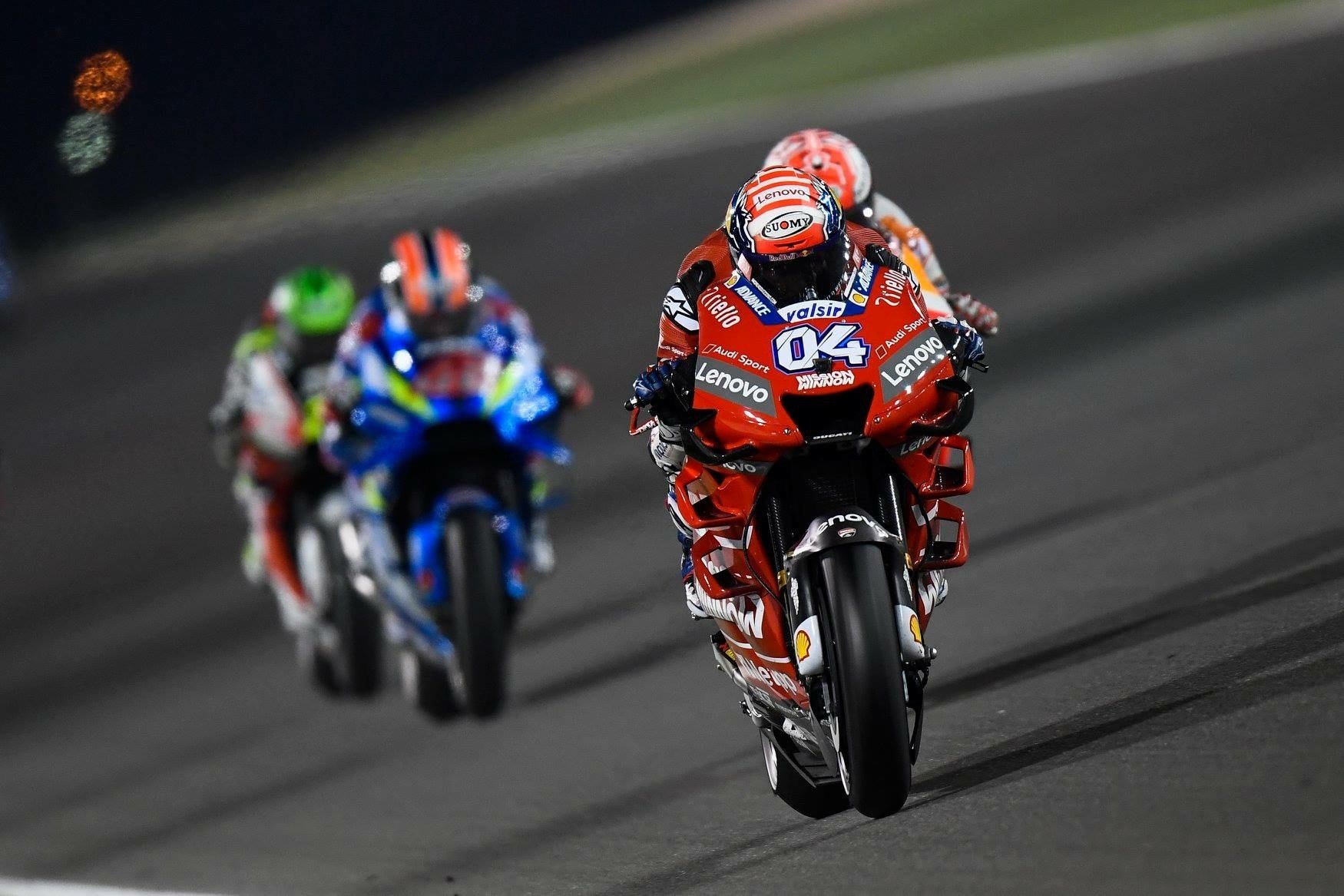
Gaining meters in a straight line also helps performance over the race distance, because the rider doesn't need to hammer the front tire as much on the brakes, nor destroy the rear tire by getting aggressive with the throttle. And, of course, he doesn't have to risk falling when entering corners while trying to regain lost meters in a straight line.
The V4s work very well on an entire circuit, not just in a straight line. A V4's narrower engine reduces gyroscopic effect, so the rider can get the bike into corners more easily.
An inline four, with its longer crankshaft, is more difficult to divert from its trajectory when the driver wants to enter a curve. But once the motorcycle is in the curve, the gyroscopic effect helps the rider maintain its trajectory. This is one of the reasons why the 4-cylinder in-line MotoGP prototypes are more efficient in corners (it is usual to see the Yamaha turn easily, but not the Ducati – it is not Johan zarco who will contradict us).
Ultimately, each of these architectures has its advantages and disadvantages, but the engine is not everything: the motorcycle/rider package being the most important!












